Thesis & Background
A Photographer’s Life: 1990-2005
by Annie Leibovitz
In this project, I aim to explore the relationship between the photography of iconic, well-known people and places versus the intimate photos of one’s closest friends and immediate family members through an imitation of Annie Leibovitz’s style. Leibovitz perfectly encapsulates the contrast between her personal and professional lives in her photo book, A Photographer’s Life: 1990-2005, leaving the audience with the final realization that they are actually one and the same. In this short video, Leibovitz explains a more recent exhibition of her photographs from the photo book at a museum in Singapore.
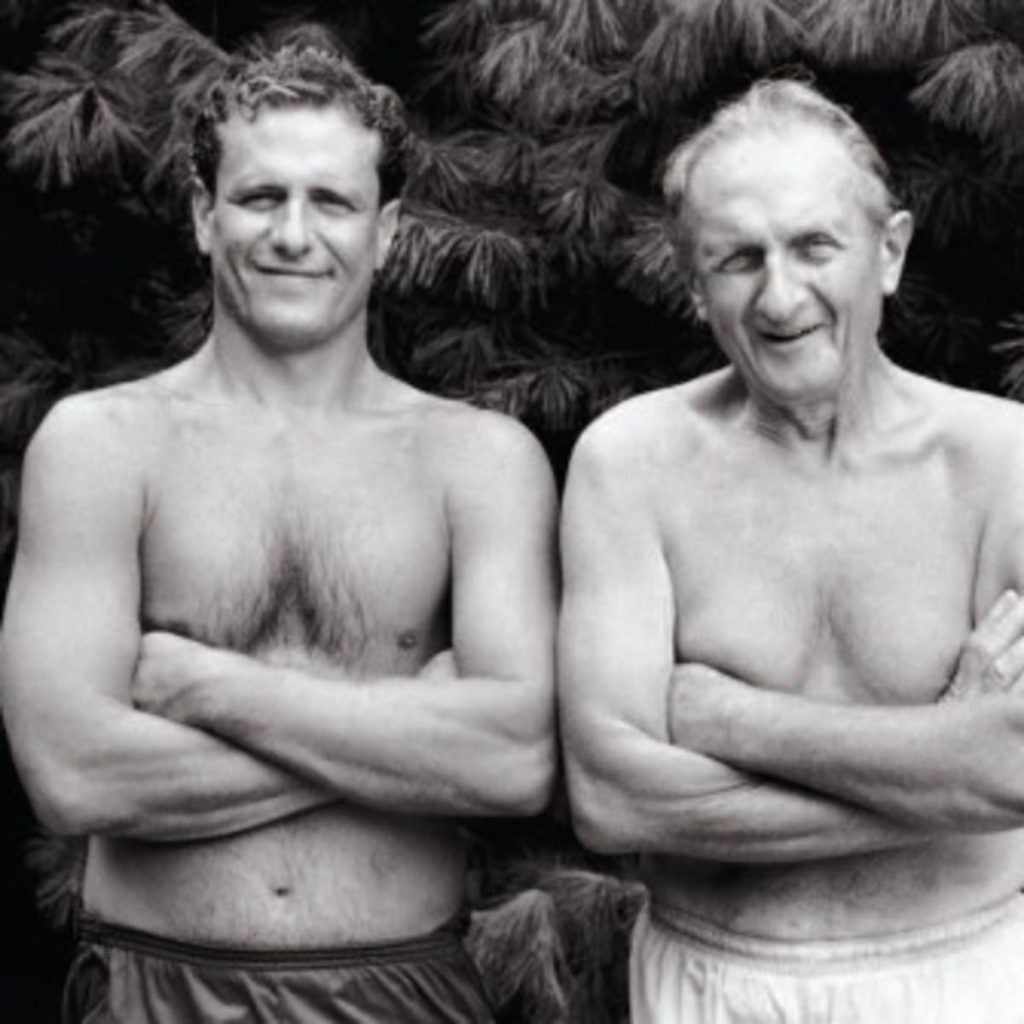
Leibovitz pairs her iconic portraits of celebrities such as Sylvester Stallone and Scarlett Johansson with intimate photographs of her family members, especially her aging mother and father, as well as with writer Susan Sontag, Leibovitz’s partner for fifteen years. Leibovitz writes that she began finding photographs for this work after Sontag’s death, while searching for photographs of her, in the book’s introduction. She also explains she “found so many things [she] didn’t remember or perhaps had not even seen before” during the search for photographs of Susan, including many family photographs (Leibovitz 1). Initially, Leibovitz didn’t intend to create a book of photography with familial and personal photographs so intwined with those she snapped on assignment. She states instead that “[she doesn’t] have two lives;” rather, all her photographs compose her life and therefore are included in this representation of her work from 1990 to 2005 (Leibovitz 2). The concept of photography as a culmination of all parts of one’s life is especially fascinating to me; in the “Methodology” section, I explain how I hoped to achieve this in my own photography.
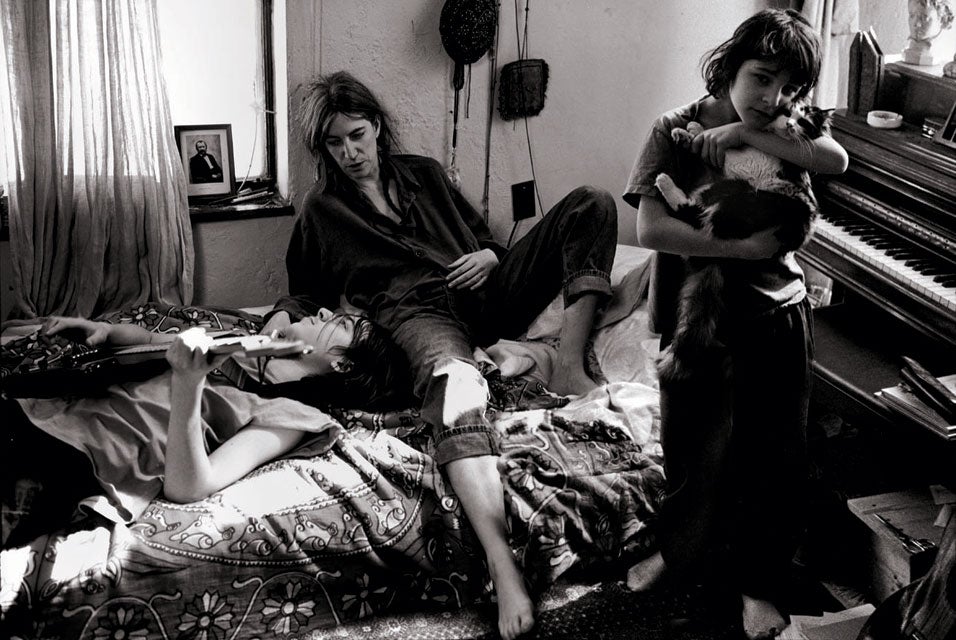
In her introduction, Leibovitz mentions her father’s career in the United States Air Force as a catalyst for her family’s constant moving around. She relates finding the perfect location for a photo shoot to her family’s driving around, following her father to his latest post. Additionally, Leibovitz mentions her mother’s love of dancing and playing the piano. Although her parents took photographs of Leibovitz and her siblings, she herself didn’t start taking photos until she was at the San Francisco Art Institute. An article by The Independent mentions Leibovitz’s connection to her Jewish family and how it also represents her connections to Judaism. She said “I’m not a practicing Jew, but I feel very Jewish.” In this way, Leibovitz blends a more modern, secular approach to photography coupled with traditional portraits of her immediate Jewish family. As a Jewish woman, Leibovitz does not photograph specific aspects of Judaism except for the Jewishness of her family members. This is another method through which Leibovitz’s professional work blends with her personal photos – whether she happens to shoot a Jewish or a non-Jewish celebrity, there is no real difference in her photography.

As the Brooklyn Museum opened an exhibit of Leibovitz’s photographs on October 20th, 2006, not long after the book’s publication, similar interest was paid to the arrangement of photographs chosen for the exhibition as well as to that of the book’s composition. The New York Times article “From Annie Leibovitz: Life and Death, Examined” explores Sontag and Leibovitz’s mother, Marilyn, as two particularly strong parts of Leibovitz’s work. From a humanistic perspective, choosing to emphasize one’s mother and lover makes sense in a collection of photography, but Leibovitz’s ability to take such photographs so that the images of her family members stand out more to a reader than a photograph of Leonardo DiCaprio with a swan around his neck is incredible. Article “Annie Leibovitz,” also in The New York Times, describes how “family members become celebrities, but the celebrities seem emotionally empty after the charged images of the people Leibovitz loves.”
Though it will be impossible to find celebrities of Leibovitz’s caliber to photograph, this merging of the public and personal life is central to Leibovitz’s style as a photographer. With recent advent in the age of social medias, so many people share everything about themselves online, in full view of anyone reading. Looking at A Photographer’s Life teaches viewers that the entirety of one’s life must be expressed through every part, the intimate parts, the working parts, and the self-portraits.
Methodology
The photographs in Leibovitz’s photo book are either relatively candid shots of her closest family members or professionally taken photographs of celebrities. The latter images appear very posed, while the familial shots seem to be casual moments in which Leibovitz just happened to pull out her camera. Except for a few shots of nature or graveyards (holding Leibovitz’s family), the focus of her camera is always on her human subjects. With the majority of her images in black-and-white, especially those of her relatives, Leibovitz utilizes the contrasts between the multiple shades of gray between true black and pure white. Combined with her focus on the people in her photographs, these contrasts help to highlight her subjects’ faces and attitudes towards Leibovitz. She gives advice on her photography techniques here, explaining how she mostly uses natural light, as well as recommends younger photographers to start off taking pictures of those closest to them.

In order to best imitate Leibovitz’s style, I took as many photographs of my family members as possible over the Thanksgiving break at my house. This way, they felt comfortable in their natural habitat, with someone known to them taking their photographs. I aimed to shoot both posed and candid shots of my parents and sisters in black and white with a camera borrowed from the university. By taking these photographs over the holiday weekend, I recorded a more significant family event than if I photographed my close friends in Ann Arbor. Plus, my mother’s birthday occurred two days after Thanksgiving, so I was able to capture that moment as well. Just as Leibovitz records the births of her daughters and the deaths of Susan Sontag and her father, incredibly important events in her life, Thanksgiving 2022 was as close as possible to a major event for me during this semester. I also took a few photographs of natural settings at my home in Massachusetts in order to mimic the variety of Leibovitz’s images. Unfortunately, I had no access to celebrities, otherwise I would’ve tried to take a few portraits of famous people. I reached out to a professor whose lecture I attended to see if she would be interested in my taking of her photo after she spoke, but it was unfortunately to no avail. Still, with the contrast between photographs of people I love and of natural beauty, I hoped to emphasize Leibovitz’s ability to contrast her personal life with her professional photographs.
Photo Analysis
Through taking my own photographs, my greatest realization was how often Leibovitz must have her camera on her. This is something which might be obvious to most people familiar with photography, but I did not expect how essential it would be for me to constantly have a camera on me throughout the Thanksgiving break. Most of my shots were taken during times in which my family members were sitting on the sofa, at the table, or walking around. I didn’t stage anything, although sometimes someone would look at me because they saw the camera or heard the click of the shutter. Based on the candid artfulness of Leibovitz’s shots of her family, I imagine she must have taken hundreds of photographs before landing upon the perfect photos to share in the photobook. If I thought selecting the photographs to publish to this sight was difficult, Leibovitz must have encountered a lengthy process of selection before completing her collection.
Gallery of my photographs of my mother.
Gallery of Leibovitz’s photographs of her parents.
About halfway through taking photographs, I looked again at Leibovitz’s book. Examining her images of her family, I paid more attention to the composition and non-human subjects of her photographs. Initially, I tried to capture my family (my parents and two sisters) in candid moments, in black-and-white, and typically from a distance of 4-8 feet. Many of Leibovitz’s photographs, such as those of her parents lying in bed, follow this pattern of horizontal shots, with Leibovitz standing a few feet away. In addition to these kinds of shots, I noticed Leibovitz’s collection of photographs taken outside at her property in upstate New York, as well as a few images of skylines. I decided to attempt some photographs taken in my backyard, at a nearby farm, and of my neighbor’s house, which reminded me of Leibovitz’s own property. I found the images of nature less satisfying to take, especially not in black-and-white, but I think these photos of mine are vaguely similar, at least stylistically, to those of Leibovitz. Flipping through her photobook again, after finally downloading and viewing all my photographs, I think her family photographs often veer towards portrait-like. I realize the photographs I was really drawn to while first reading her book are those of her partner, Susan, and of her parents when they aren’t watching the camera.
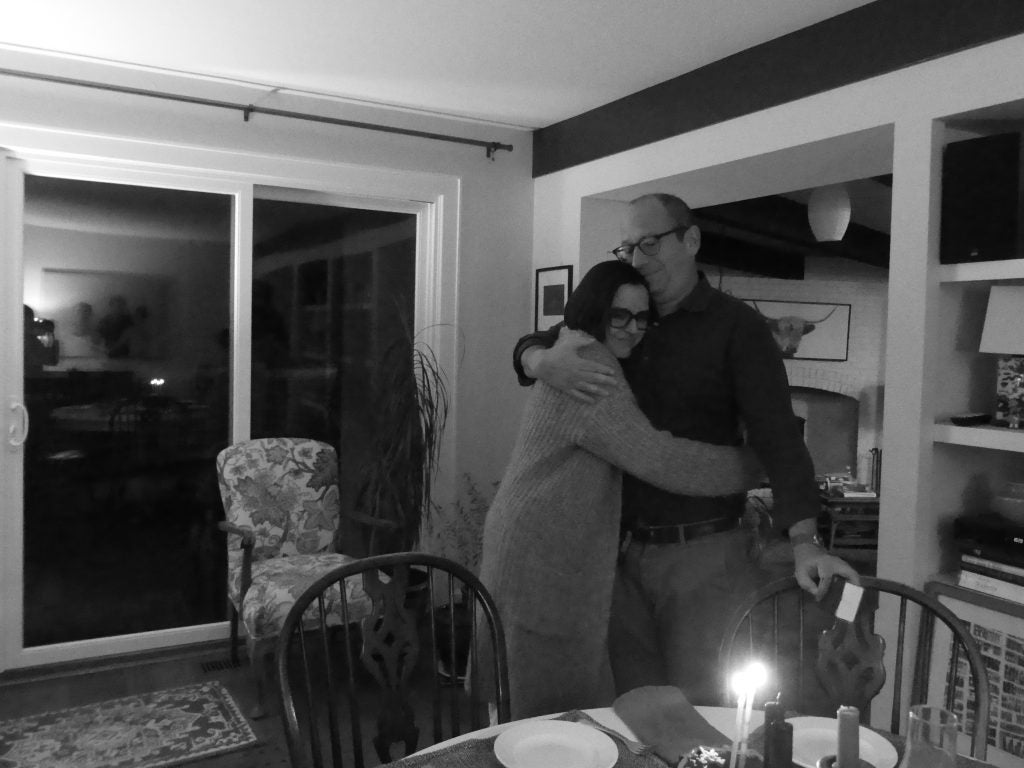
While I was actually taking the photos, I decided not to look at any of the photos until I had a chance to view all of them at once. Given I borrowed a digital camera from the university’s media center, I could have viewed the images on the camera’s screen beforehand, but I wanted to do my best to emulate using a non-digital camera. The photographs in A Photographer’s Life are shot with a non-digital camera, so I thought simply taking the photo and checking it later would be best. This caused some of my photos to turn out a little bit blurry or to show subjects with their eyes closed. Fortunately, in moments in which I was taking photos, I tried to take a few all at once, giving me a couple of options when returning to choose which to post.
The easiest part of taking these photographs was probably in how natural it felt to hang around my house for a few days and just take photos of my immediate family. I realized this was something I could never do in Ann Arbor, even with people I know well, because there is an element of trust your family feels for you which cannot be replicated. Because I believe my family feels very comfortable around me, as I do with them, the entire process was less stressful than I originally imagined. However, the most challenging part of this project was choosing the photographs to show on my webpage. After reviewing all of the images, I realized the majority of my photos were of my mom. This is mostly because she is very photogenic and because I spent the most time with her over the break versus with the rest of my family. At the same time, I wonder if our exploration of Mommie by Arlene Gottfried right before Thanksgiving influenced me, as I found myself capturing my mother doing all of her normal activities, which led to the majority of my photos being of her. The photograph below depicts my mother looking at a bookshelf in our living room. I managed to capture her lost in thought for a quick moment before she rushed off to another part of the house. Examining this photo through a Jewish lens, I noticed the book American Jews and America’s Game, by Larry Ruttman, is on the first shelf, underneath a stuffed tiger. This reminded me of the Laura Levitt reading, “Photographing American Jews: Identifying American Jewish Life.” Levitt writes “the purchasing of these [photography books] is also allows us [Jews] to distance ourselves from the emotions involved in true relationship” (Levitt 65). Although the book is about Jews in baseball, not a photography book, I find it interesting that an ordinary photograph of my mom can also speak to my family’s fairly secular Jewishness. In narrowing down my photographs to approximately 30 images in the gallery and to only five in the slideshow above, I found choosing which images to display difficult, especially given I didn’t want it to appear as though I neglected the rest of my family.

As I briefly mentioned above, I encountered some problems regarding the taking of family portraits versus candids. This was because my original plan for the project was to take candids, but looking at Leibovitz’s photobook again made me question whether I should try more portrait-style images, or at least photos in which the subject is looking at the camera. I succeeded in taking some of these, but I don’t like them as much as the candids I shot. In this way, though, I would say my overall approach to taking the photos did develop, becoming more of documentation of my family’s Thanksgiving 2022 and of my mother’s birthday, November 26th, 2022.
I was surprised by how effective some of my candids are in capturing the nature of the respective family member. Of course, this cannot truly be proven if you don’t know my parents and sisters. For me, reviewing the photographs, I definitely feel a sense of each person in the photos I took of them. I was also surprised by the feelings I had while I was behind the camera. While photographing my family, I felt slightly apart from them, as if I was recording their lives as an outsider. As I took my photographs over a holiday, I felt more relaxed when I didn’t have the camera on me. On the other hand, it was fascinating to glimpse how my family might seem to outsiders. I photographed a bit in Boston as well as at home, which was a very strange experience. Although I mostly photographed my family in the city setting, at a dinner for my mom’s birthday, walking around a city with a camera bag and occasionally taking pictures of the street or inside a store unnerved me, giving me the sensation that I was more of a “real” photographer, or at least someone who could theoretically capture the lives of people in the city, though I did not. With my family, I felt vulnerable with my camera, and in the rest of the world, I felt more capable.











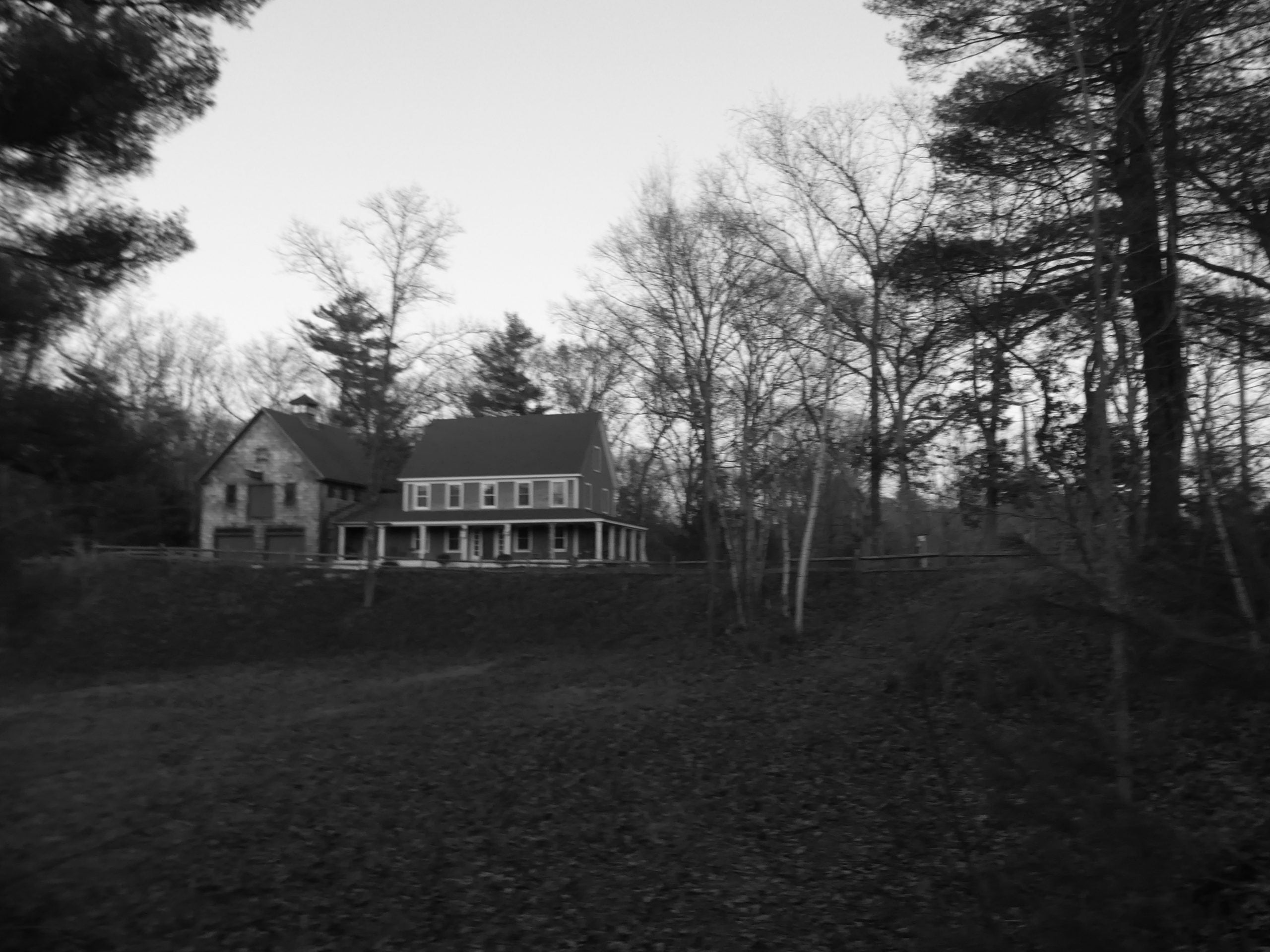


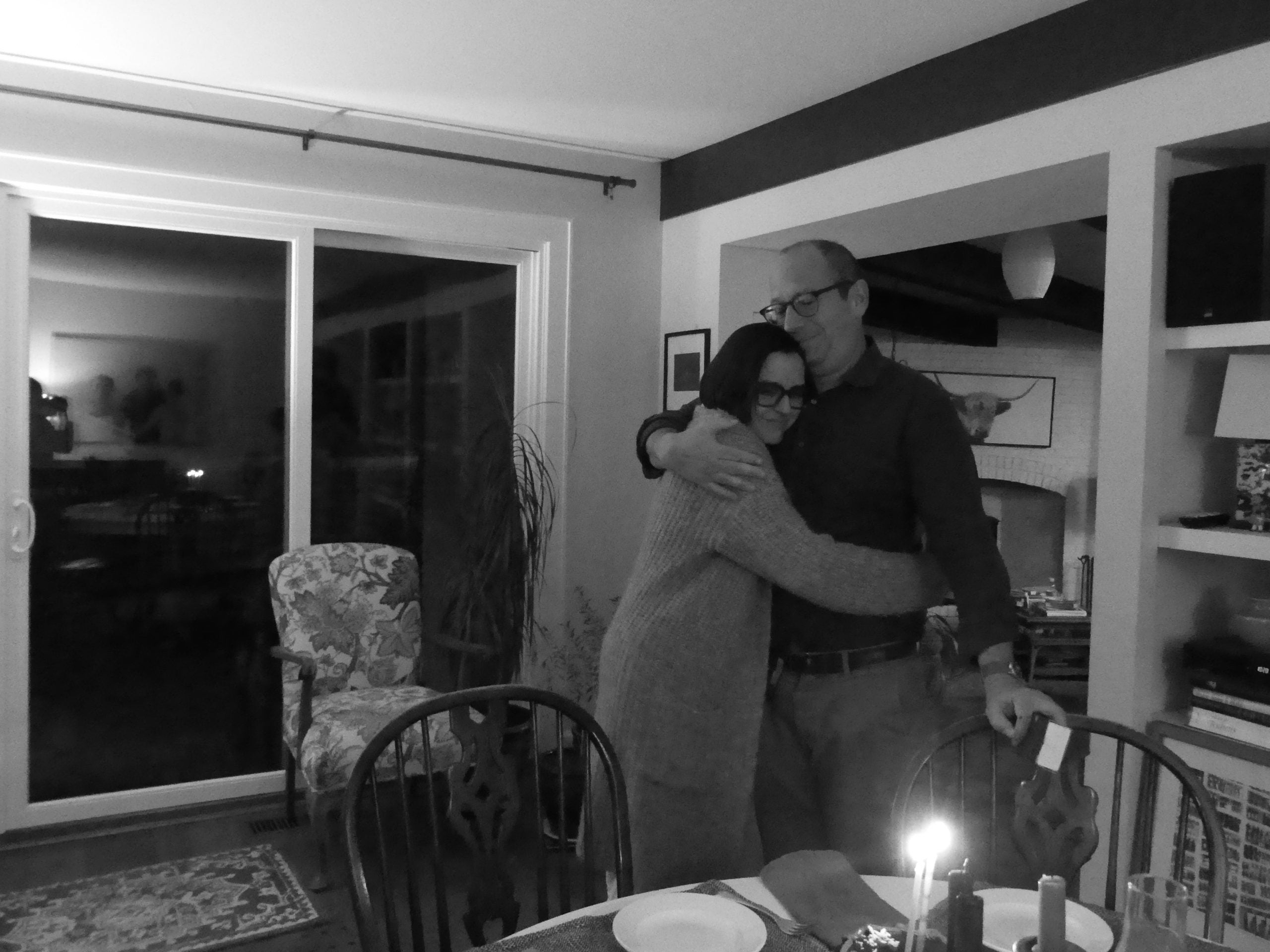












Conclusion
After taking my own photographs, I understand why Annie Leibovitz wanted to include the photographs of her own family before and alongside her famous celebrity portraits. There is nothing as intimate as capturing your own family, in your home, and sharing the images with the rest of the world. Although Leibovitz is not known for her photographs of Jewish people, I now believe she doesn’t need to say anything about her Jewish identity because her shots of her own Jewish family are so well-known and admired. By sharing her photographs of her own Jewish family, she is stating that she is a Jewish photographer without explicitly saying she is a Jew.

Earlier, I wrote that I thought Leibovitz’s personal life and professional photographs appeared similar in her photobook. Now I know this is not the case. While Leibovitz does a wonderful job of situating booth kinds of her photographs together in the book, I no longer see her familial candids and portraits as anything close to the photographs she’s taken for magazines. I know that if I were to shoot anyone but my family, I could never achieve the same level of care for them as with my parents or sisters because I can’t understand anyone else in the same way. This being said, my thesis would now emphasize the differences between Leibovitz’s photographs because she is taking pictures of her family, not because there is anything different about photographing some celebrity.

Although some of Leibovitz’s photographs were taken at the beginning of the 21st century, the majority are from the 1990s. Comparing the candid shots I snapped of my family to those she took of hers, it is clear how much technology influences people today. The shots in which my mother sits in bed are all of her looking at her phone before going to sleep and all photos of my family sitting on the sofa consist of them watching a football game. The only time my family was far away from technology was during a walk at a neighboring farm. I really like some of those photos, especially because everyone’s happiness seems more genuine. Leibovitz has great shots of her family on the beach, on her property, and hanging around the home, all without any traces of technology. Comparing my work to hers on the basis of the 21st versus 20th century, I believe Leibovitz’s work and subjects are still untainted by the thrills and evils of modern technology.
Sources
Annie Leibovitz A Photographer’s Life 1990-2005 at ArtScience Museum. (n.d.). Www.youtube.com. Retrieved December 3, 2022, from https://www.youtube.com/watch?v=FwydMJdyNRU
Annie Leibovitz: A Photographer’s Life, 1990-2005. (2007). Www.tfaoi.org; San Diego Museum of Art. https://www.tfaoi.org/aa/7aa/7aa54.htm
Hwang, P. (2008, October 17). Annie Leibovitz: A Photographer’s Life 1995-2005. Freshness Mag. https://www.freshnessmag.com/2008/10/17/annie-leibovitz-a-photographers-life-1995-2005/
Lambert, A. (1994, March 3). Talking pictures with Annie Leibovitz: From Jagger to Trump, she. The Independent. https://www.independent.co.uk/life-style/talking-pictures-with-annie-leibovitz-from-jagger-to-trump-she-summed-up-the-seventies-and-eighties-her-latest-subject-is-sarajevo-as-a-new-show-opens-in-london-the-photographer-talks-to-angela-lambert-1426695.html
Leibovitz, A., & Holborn, M. (2006). Annie Leibovitz : a photographer’s life, 1990-2005. Cape.
Levitt, L. (2000). Photographing American Jews: Identifying American Jewish Life. In L. J. Silberstein (Ed.), Mapping Jewish Identities (pp. 65–96).
Lim, M. A. (2015, April 8). Mortality in Photography: Examining the Death of Susan Sontag. Treehouse. https://tembusu3.nus.edu.sg/treehouse/2015/04/mortality-in-photography-examining-the-death-of-susan-sontag/
MasterClass. (2021, September 24). 8 Essential Photography Tips From Annie Leibovitz. Master Class. https://www.masterclass.com/articles/8-essential-photography-tips-from-annie-leibovitz#3fzboP5cUOHvfmVKFJZDnd
Scott, J. (2006, October 6). From Annie Leibovitz: Life, and Death, Examined. The New York Times. https://www.nytimes.com/2006/10/06/arts/design/06leib.html





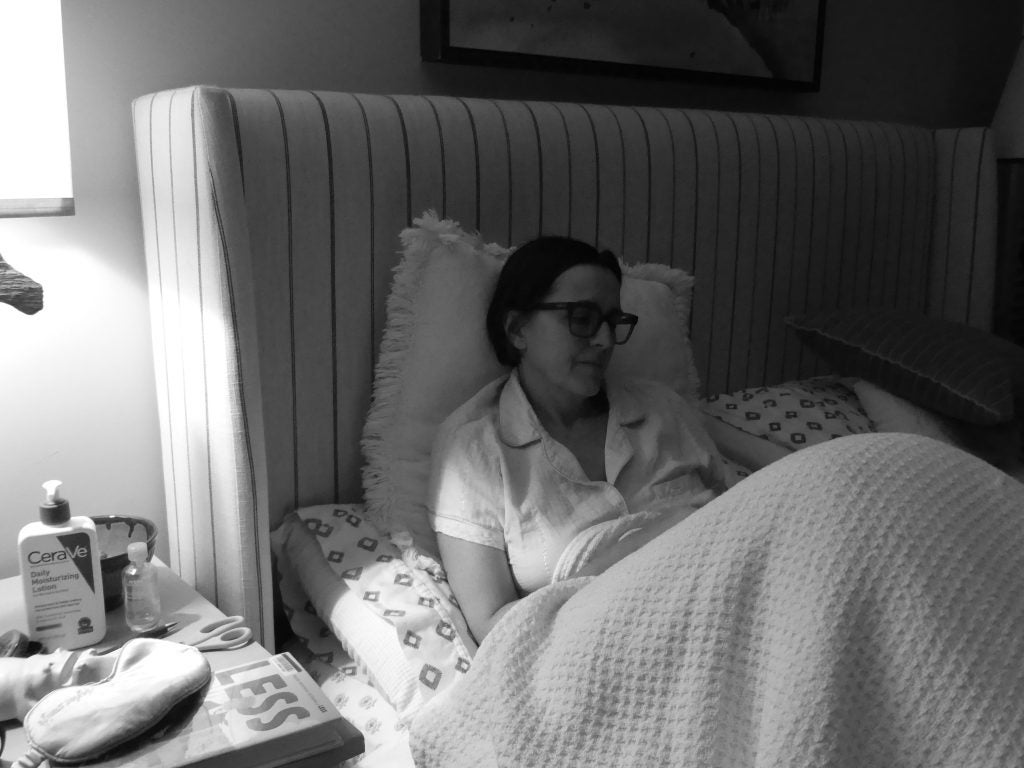




Adelaide,
This is an excellent introduction and thesis statement. You need to insert links to the quotes that you’ve taken from the different articles (not from the book itself). Your choice of photographs is very good, and contrast different styles that Leibovitz uses to make a portrait. Nice observation that there does not seem to be a difference in how she photographs family members who are Jewish and where she connects her own Jewishness and others who are note Jewish.
Please add links to the articles you are quoting from. They are excellent quotes and enrich your thesis statement.
Your concluding paragraph is insightful, both in the challenges that you will face and in the ways that Leibovitz offers a means to express all aspects of one life.
DDM
Adelaide,
Your plan to take photographs over Thanksgiving makes sense. Your discussion of Lebovitz’s technique is thoughtful.
I realize it isn’t easy to take photographs of celebrities, but consider trying to go to one of the concerts on campus and take a posed, portrait of a musician. Or go to a lecture and ask the speaker if you can take their portrait. It will be challenging—and they are not necessarily celebrities—but they are public figures, which is different from your family.
DDM
Adelaide,
You did a fantastic job with your camera. Many of the photographs that you took of your mother are excellent, beautifully composed and powerful in their immediacy. Your reflections on how you changed what you were doing even over the relatively short time of Thanksgiving break are thoughtful and revealing of what you learned from trying to photograph as Leibovitz did. I appreciate your candid discussion of what worked and what didn’t work and especially your decision not to look at the digital images until later, to make the process of taking a photograph separate from the process of choosing a photograph to share with others. That led you to see things in the photos you hadn’t initially noticed, such as the book on American Jews, and to consider it in the context of what Levitt writes.
You made great choices from your gallery and you present a moving portrait of your mother.
DDM
Adelaide,
Really thoughtful conclusion, including your modification of your initial thesis. I agree that Leibovitz’s decision to include pictures of her own family speaks about her Jewishness without having to say anything explicit. What you write about technology is insightful and the photo of Mom and Mathilde Ahead speaks beautifully to how present we are when we are not engaged with technology.
This is a wonderful final project.
DDM